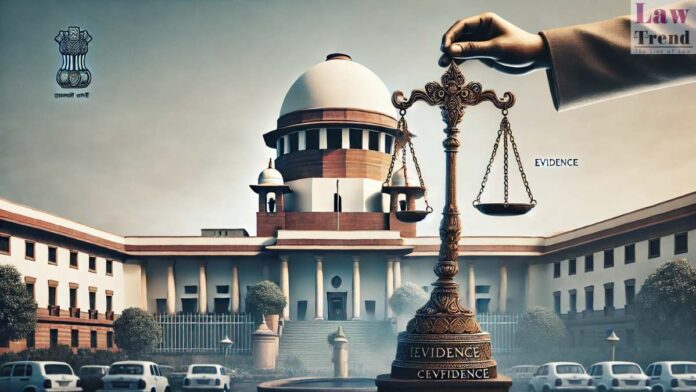The Supreme Court of India, in the case of Sri Chikkegowda & Ors. vs. State of Karnataka, has upheld a judgment of the Karnataka High Court that convicted seven individuals for murder and other offences, thereby overturning a trial court’s prior acquittal. The bench, comprising Justices Vikram Nath, Sanjay Karol, and Sandeep Mehta, reiterated the
To Read More Please Subscribe to VIP Membership for Unlimited Access to All the Articles, Download Available Copies of Judgments/Order, Acess to Central/State Bare Acts, Advertisement Free Content, Access to More than 4000 Legal Drafts( Readymade Editable Formats of Suits, Petitions, Writs, Legal Notices, Divorce Petitions, 138 Notices, Bail Applications etc.) in Hindi and English.







